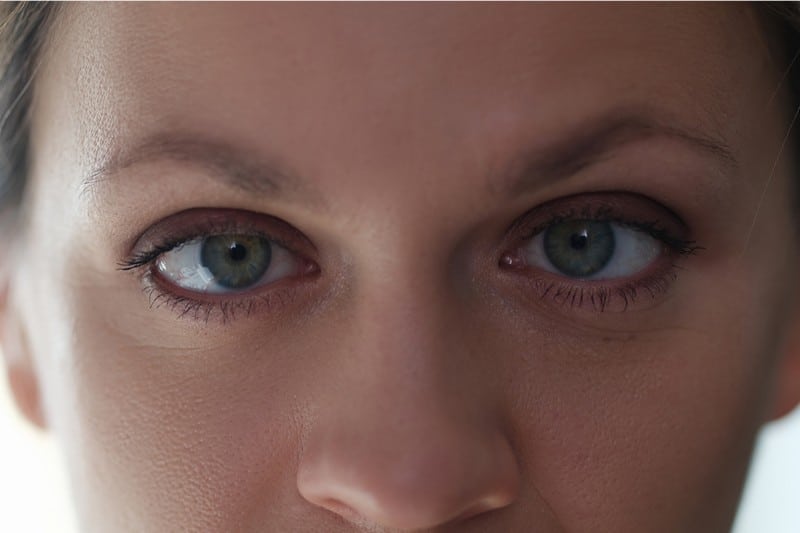Reduced vision in one eye characterizes lazy eye or amblyopia due to an abnormality in visual development in the early years of life. In patients with lazy eyes, their brain favors one eye due to poor vision in the weaker eye. However, over time, the brain will start ignoring signals from the weak eye altogether. This condition leads to depth perception to vision impairment wherein the affected eye wanders inward or outward.
For individuals with amblyopia, their affected eyes do not necessarily look unusual, although they may wander in the opposite direction, hence the term lazy eye. In addition, while vision problems usually affect one eye, there are rare cases wherein vision in both eyes can be affected.
A lazy eye is the leading cause of impaired vision in children. Left untreated, a lazy eye can lead to temporary or permanent vision loss, which means loss of depth perception and three-dimensional vision. Prevention and early treatment of lazy eye start with early diagnosis. Children must undergo routine eye examinations from six months up to three years. After that, doctors will check various factors, including vision clarity, eye muscle strength, and focus. Treatment for lazy eye includes wearing corrective glasses or contact lenses.
Muscle Imbalance

An eye muscle imbalance can cause the development of a lazy eye. As a result, the eyes may cross in or out, preventing them from working in sync. The eye muscle imbalance can also make it hard for the weak eye to focus on an object because it is too weak to maintain balance.
Muscle imbalance can lead to horizontal and vertical misalignment issues. As a lazy eye usually develops in children, they will ignore the message they see with the misaligned eye. As time goes by, the average eye becomes more dominant, which in turn causes the weak eye to experience reduced vision.
There are various treatments for children with eye muscle imbalance. Doctors commonly prescribe wearing eyeglasses or covering the dominant eye with an eye patch. Depending on the type of lazy eye, surgery may also be an option to treat lazy eye in the long run. Eye exercises and eye drops may also be prescribed in conjunction with other interventions to strengthen the weak eye further. The aim is to restore balance, ensuring both eyes work together.










